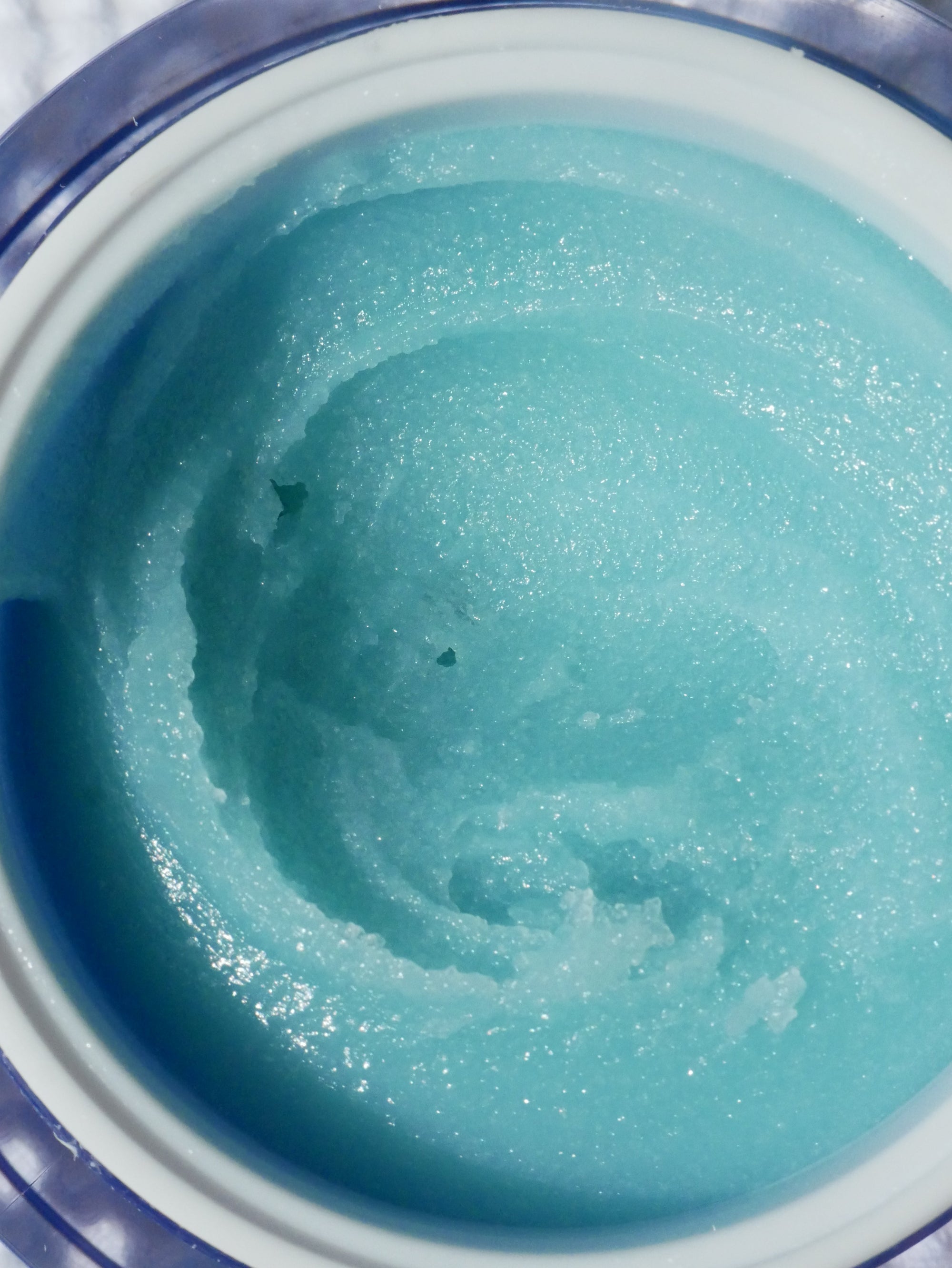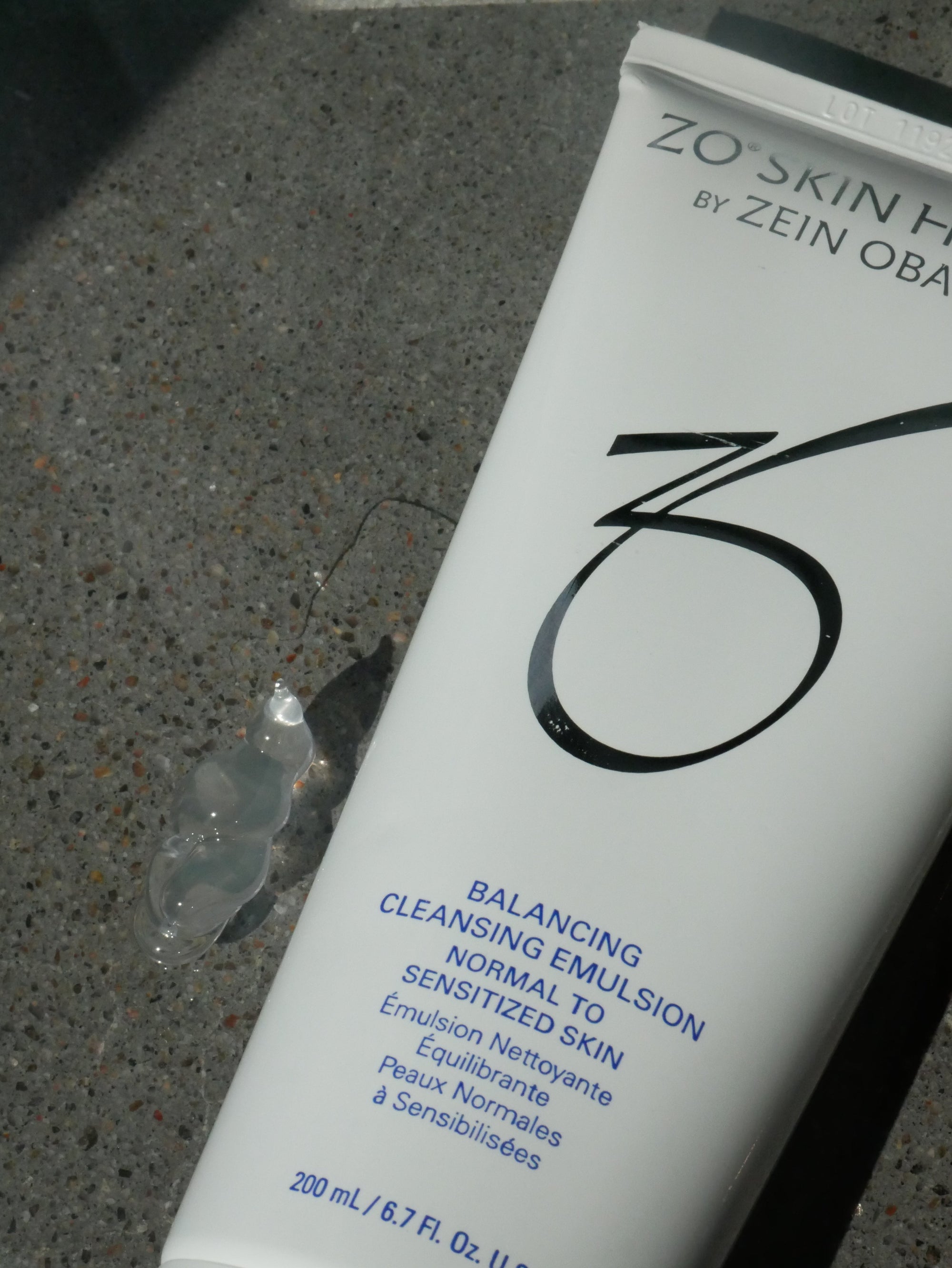Alpha-hydroxy acids (AHAs) are key ingredients in the world of skincare, prized for their exfoliating properties. They are often used to improve skin texture, reduce signs of aging, and even out skin tone. Let's explore the different types of AHAs, their actions, benefits, and drawbacks.
1. Glycolic Acid
- Action on the Skin
Glycolic acid, derived from sugar cane, is the most commonly used AHA. Due to its small molecular size, it easily penetrates the skin.
- Benefits
Effective exfoliation: Removes dead skin cells from the surface of the skin, revealing a more radiant complexion.
Texture improvement: Helps to smooth fine lines and firm the skin.
Collagen stimulation: Promotes collagen production for firmer skin.
- Disadvantages
Irritation possible: May cause redness or irritation, especially in sensitive skin.
Sun sensitization: Makes the skin more sensitive to UV rays, requiring increased sun protection.
- Who is it advised to?
Recommended for people with normal to oily skin, prone to imperfections or signs of aging.
2. Lactic Acid
- Action on the Skin
Lactic acid, derived from milk, is a milder AHA, ideal for sensitive skin.
- Benefits
Gentle exfoliation: Exfoliates gently, reducing the risk of irritation.
Hydration: Has moisturizing properties, helping to maintain the skin's hydration.
Skin tone improvement: Brightens and evens out the complexion.
- Disadvantages
Less powerful: May be less effective for severe texture issues compared to glycolic acid.
- Who is it advised to?
Ideal for sensitive or dry skin looking for a gentle exfoliation without irritation.
3. Citric Acid
- Action on the Skin
Citric acid, derived from citrus fruits, is used for its exfoliating effect and to balance the pH of products.
- Benefits
Firming: Helps to firm the skin and improve its elasticity.
Antioxidant properties: Protects the skin from damage caused by free radicals.
- Disadvantages
Potential irritation: May cause irritation, especially in individuals allergic to citrus.
- Who is it advised to?
Suitable for those looking to improve their skin texture while benefiting from an antioxidant effect.
4. Mandelic Acid
- Action on the Skin
Mandelic acid is an AHA derived from bitter almonds, known for its gentle exfoliating properties.
- Benefits
Gentle exfoliation: Less irritating than other AHAs, ideal for sensitive skin.
Antibacterial: Effective for treating imperfections and mild acne.
Hydration: Helps maintain skin hydration.
- Disadvantages
Slower results: May take longer to show visible results compared to other AHAs.
- Who is it advised to?
Perfect for sensitive or acne-prone skin looking for gentle exfoliation.
5. Tartaric Acid
- Action on the Skin
Tartaric acid, derived from grapes, is used for its exfoliating and antioxidant properties.
- Benefits
Gentle exfoliation: Helps to remove dead skin cells without aggression.
Antioxidant properties: Protects the skin from environmental damage.
- Disadvantages
Less common: Less present in care products, which may limit its accessibility.
- Who is it advised to?
Ideal for those looking for a gentle exfoliation while benefiting from antioxidant properties.
In conclusion, AHAs, such as glycolic acid and lactic acid, are essential for an effective skincare routine, offering benefits ranging from exfoliation to hydration. Choosing the right AHA depends on your skin's needs and your personal tolerance. Before incorporating AHAs into your routine, especially if you have sensitive skin, we advise you to contact us for a follow-up tailored to your skin.


